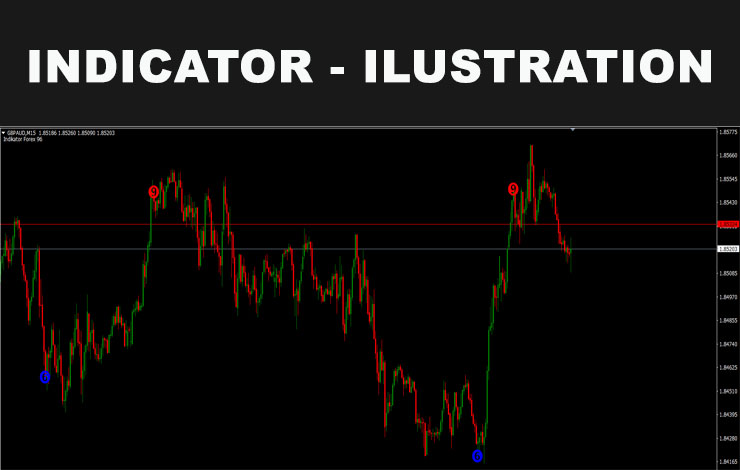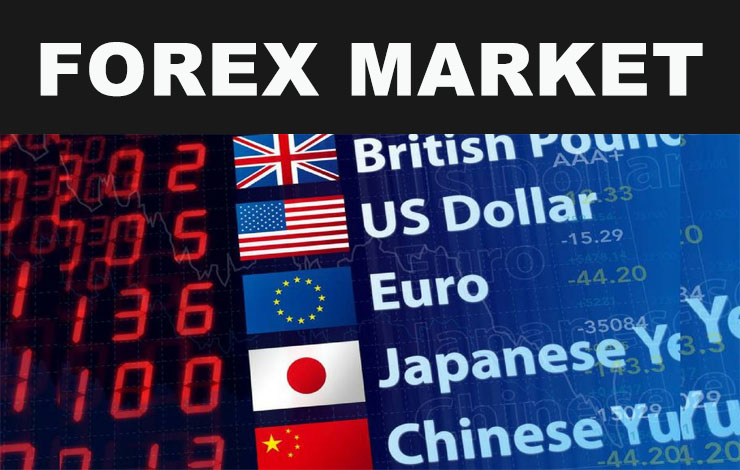The foreign exchange market, also known as Forex, offers exciting opportunities for investors interested in trading foreign currencies. With a daily trading volume of trillions of dollars, Forex is the largest financial market in the world.
However, to succeed in this volatile market, effective knowledge, skills, and strategies are required. In this article, we will cover important questions about investing in the Forex market and share up-to-date information to help you develop successful trading strategies.
What is the Forex market and why is it attractive to investors?
The Forex market is where currencies are traded. It allows the buying and selling of foreign currencies 24 hours a day, from Monday to Friday. The Forex market is attractive to investors for several reasons:
a) Liquidity: The Forex market is highly liquid, which means that it is easy to buy and sell currencies at any time. This allows for quick execution of trades and minimizes the risk of a lack of buyers or sellers.
b) Volatility: Fluctuations in exchange rates can create significant profit opportunities for investors. Volatility in the Forex market allows for short-term trading as well as the implementation of long-term strategies.
c) Global access: The Forex market is accessible to investors from all over the world. It doesn’t take a large start-up capital to start trading and the online platform allows investors to participate from anywhere in the world.
What are the main trading strategies in the Forex market?
There are several trading strategies in the Forex market. The choice of strategy depends on the investor’s profile, market analysis and economic conditions. Some of the main strategies are:
a) Short-term trading: Also known as “day trading”, this strategy involves conducting trades within a single day. Traders seek to take advantage of small fluctuations in exchange rates and often use technical analysis to identify entry and exit points.
b) Long-term trading: In this strategy, investors hold open positions for weeks, months, or even years. They base their decisions on fundamental analyses, such as economic indicators, government policies, and global events.
c) Trend trading: Traders using this strategy seek to identify and follow long-term trends in the Forex market. They believe that currencies will continue to move in the same direction for a significant period.
d) Reversal negotiation: This strategy involves identifying reversal points in short-term trends. Traders look for signs that a trend is about to change direction and open positions based on these signals.
How to develop a trading plan on the Forex market?
A trading plan is essential for success in the Forex market. It helps you set goals, manage risk, and maintain discipline during negotiations. Here are some steps to develop an effective trading plan:
a) Define your goals: Set clear and realistic goals for your negotiations. Determine the expected return and the level of risk you are willing to take.
b) Choose a strategy: Select the trading strategy that best suits your investor profile and trading style. Take into account your risk tolerance, time availability, and market knowledge.
c) Manage risk: Establish risk management rules to protect your capital. Determine the proper position size, set stop-loss and profit limit levels, and be prepared to accept losses.
d) Keep records: Record all your trades, including the reasons behind buying and selling decisions. Review your records regularly to identify patterns, errors, and areas for improvement.
What are the main indicators used in the Forex market?

Indicator ilustration
Indicators are important tools for analyzing the Forex market. They provide valuable information about trends, volatility, and strength of one currency relative to another. Some of the indicators widely used in the Forex market are:
a) Moving averages: Moving averages help identify the direction of the trend and the entry and exit points in a trade.
b) Relative Strength Index (RSI): The RSI measures the strength and speed of a change in prices. It helps to identify overbought and oversold conditions.
c) Bollinger bands: Bollinger bands help measure market volatility. They are useful for identifying times when the price is approaching extreme levels.
d) MACD (Moving Average Convergence Divergence): MACD is an indicator that combines moving averages to show changes in the price trend. It is useful for identifying entry and exit points in a negotiation.
What is the importance of education and practice in the Forex market?
Education and practice are key to succeeding in the Forex market. Proper knowledge of market principles, technical analysis, trading strategies, and risk management can help minimize errors and maximize profit potential.
In addition, the practice on a demo account allows investors to test their strategies and become familiar with the trading platform before risking real capital.
What did we learn in this article?
Investing in the Forex market can be exciting and profitable, but it requires proper preparation and effective strategies. By understanding the basics of the market, developing a solid trading plan, utilizing appropriate indicators, and pursuing education and practice, you will be on your way
right to succeed in trading foreign currencies. Remember that Forex is a volatile and risky market, so manage your risks properly and be prepared to learn from your experiences. With dedication and discipline, you can take advantage of the opportunities offered by the Forex market in 2023 and beyond.
